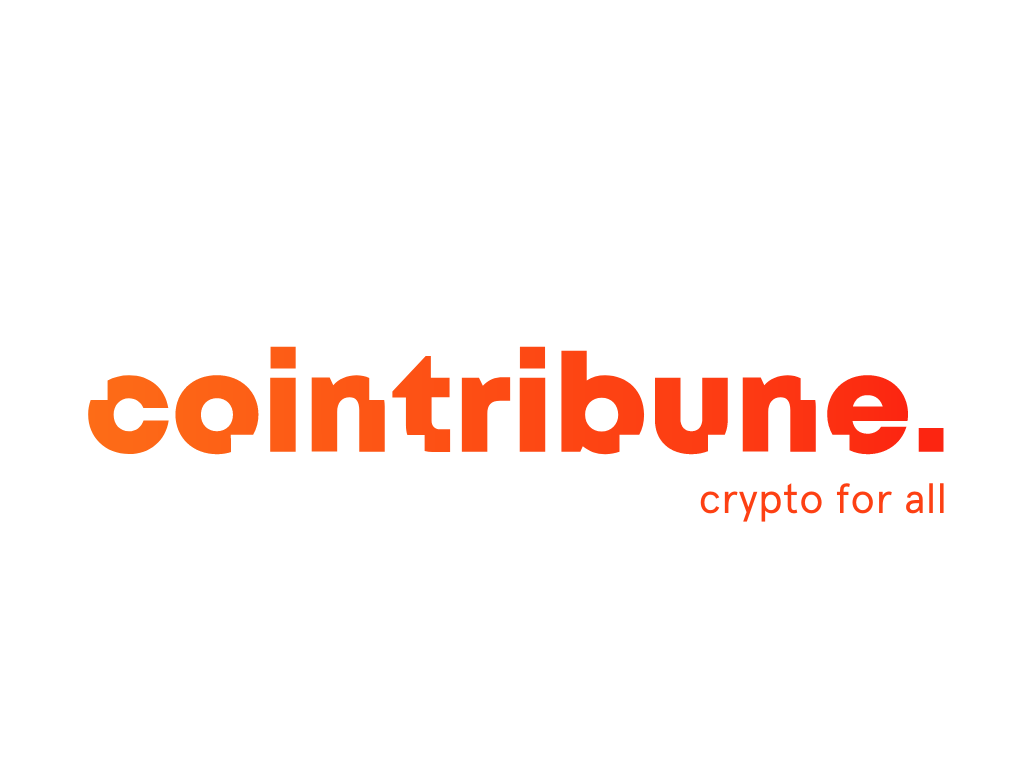The Pi Network Cryptocurrency Continues To Collapse Despite The Good News
0
0
Announced as a strategic turning point, the integration of Pi Network into the Telegram wallet offered an unprecedented showcase for a project already strengthened by a massive community. In an ecosystem where visibility can skyrocket an asset, PI seemed to be in a strong position. However, against expectations, the token collapsed. The promise of accelerated adoption faced the harsh reality of the market. How can such a dissonance between the potential of an announcement and the brutality of a drop be explained, raising questions about the project’s solidity?

A strategic integration with no effect on the market
The announcement of the integration of Pi Network into Telegram’s crypto wallet had everything to boost the project’s visibility. With over a billion monthly users, the platform represented a considerable lever for token adoption.
However, the effect was limited. The PI crypto only rose by 0.97% in the hours following the announcement, before entering a prolonged decline. Over the last 30 days, its value has lost more than 61%, illustrating a disconnection between the strategic announcement and the real dynamics of the market.
The technical indicators confirm this drop:
- The BBTrend has remained negative for twelve consecutive days, reaching -22.34, a clear sell signal.
- The Relative Strength Index (RSI), although slightly up at 40.45, remains in a zone of weakness after reaching 23.8, indicating persistent disinterest from buyers.
- No sustainable reversal signal has been observed, despite the visibility offered by Telegram.
This situation highlights a common paradox in the crypto universe: a significant announcement is not enough by itself to trigger a lasting rebound, especially when investor confidence remains fragile.
Between controversy and distrust: the limits of a project in crisis
Beyond market data, Pi Network faces a credibility crisis fueled by ongoing controversies. One of the most significant episodes was the public intervention of Ben Zhou, CEO of the Bybit exchange, who labeled the token a “scam” and publicly declared his refusal to list it.
This judgment is echoed by Justin Bons, founder and director of investments at Cyber Capital, who asserts bluntly on March 19, 2025, on the social network X (formerly Twitter):
PI is a straight-up scam! Offering an “MLM” based “mining” scheme on mobile is a gimmick, as it does not contribute to consensus! […] PI is an investment scam.
This frontal rejection by an influential figure in the industry had a devastating effect on the project’s perception, reigniting doubts about the legitimacy of the initiative.
In the face of these accusations, the Pi Network team has attempted to defend itself. They denounced identity theft by unauthorized third parties who sought listings in their name. Furthermore, the project’s leaders wanted to clarify how their referral program works.
This program is described as entirely free, without complex hierarchy, and limited to a single level. “The 25% bonus is only granted if both the referrer and the referee mine at the same time,” they specify. This positioning is intended as a response to criticisms that equate this system with a pyramid structure.
This double setback (public attack from Bybit exchange and persistent suspicions about the business model) could severely undermine investor confidence. The integration with Telegram, far from masking these flaws, could even heighten expectations and disappointments if the token fails to demonstrate tangible utility. At this stage, the future of Pi Network will depend less on its exposure than on its ability to regain the trust of a market that has become significantly more demanding.
0
0
 Manage all your crypto, NFT and DeFi from one place
Manage all your crypto, NFT and DeFi from one placeSecurely connect the portfolio you’re using to start.







